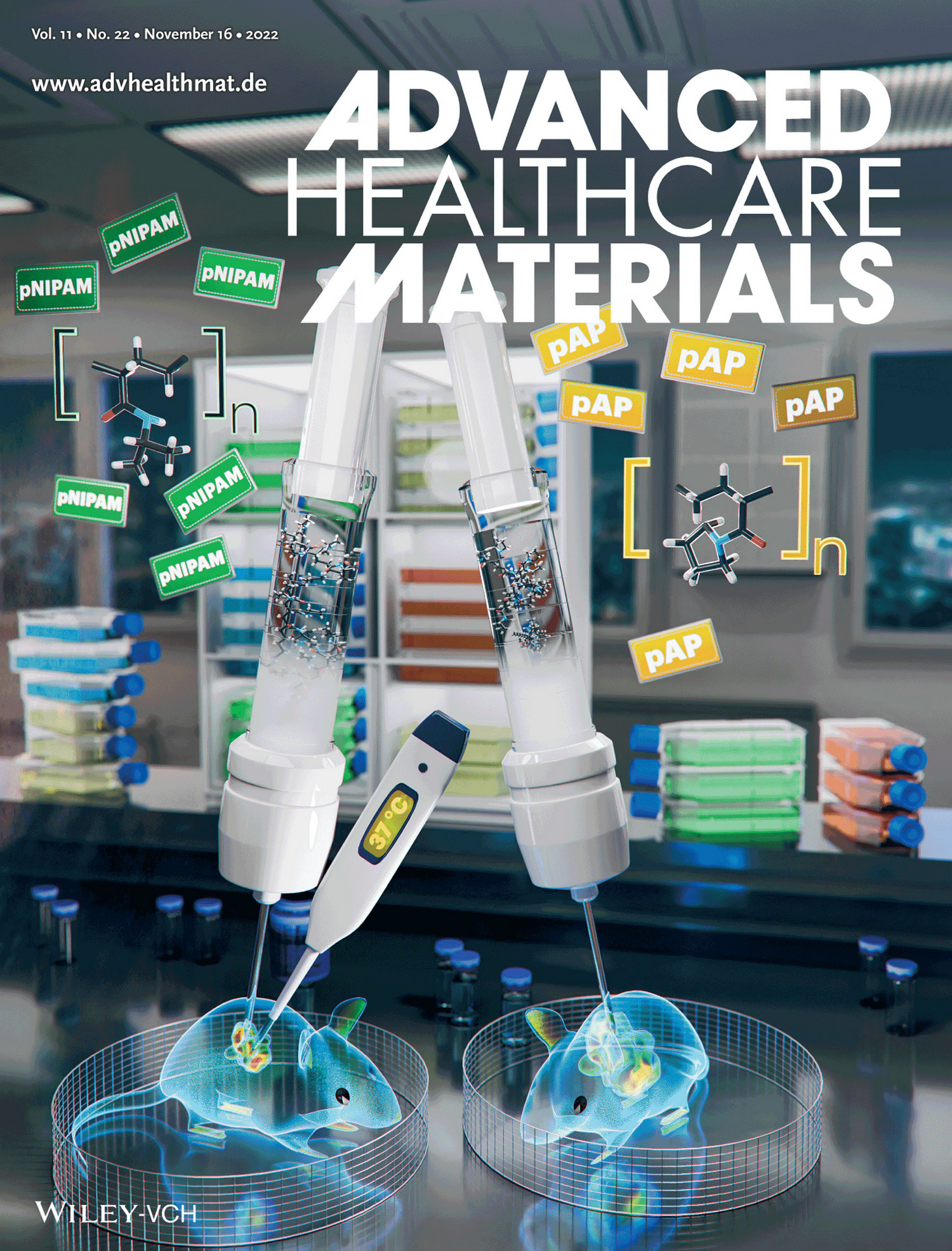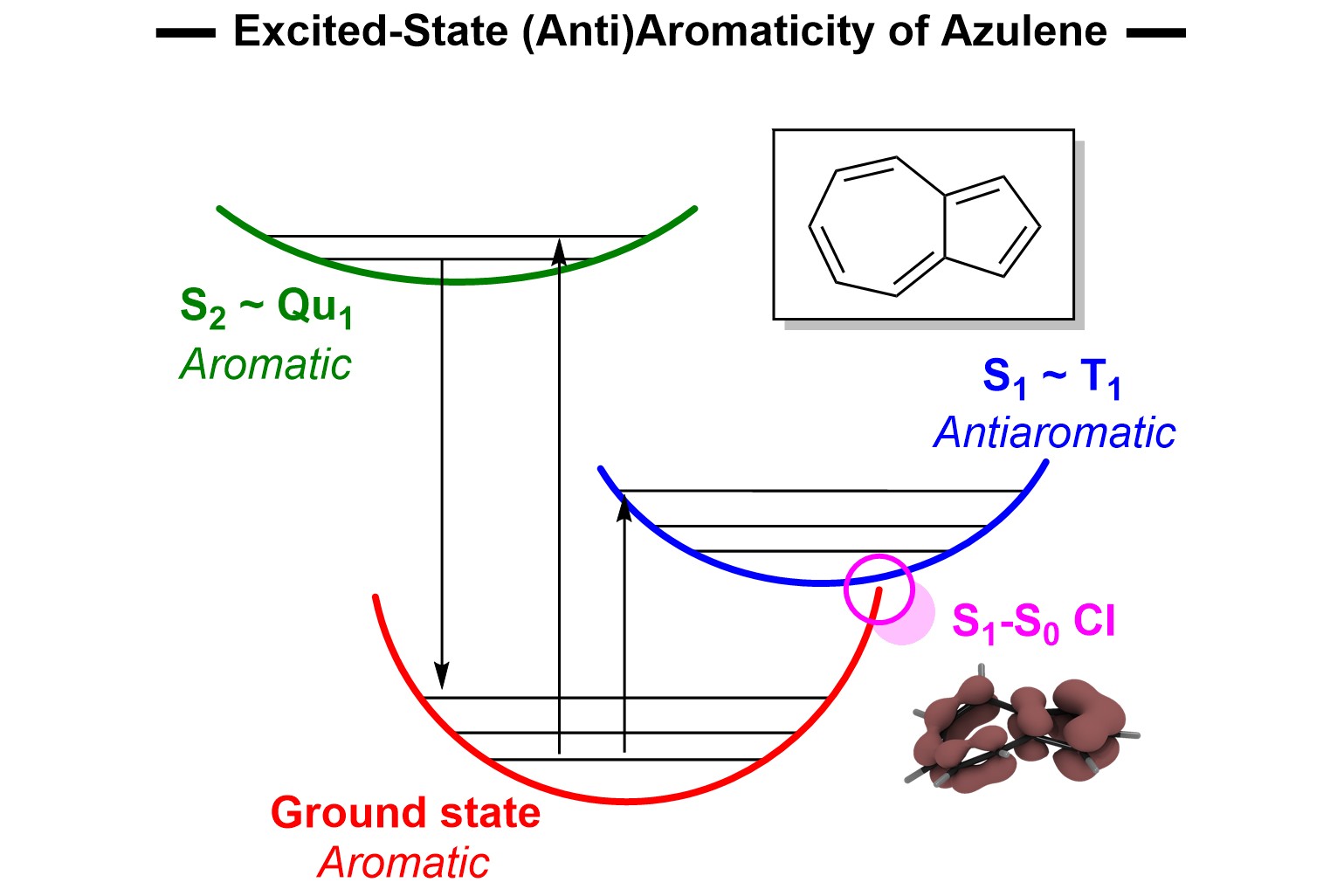
Thermoresponsive polymers have found many promising (bio)medical applications, however, their biodistribution and fate remained largely unknown, hindering their clinical use. Ondřej Groborz from IOCB Prague and the Institute of Macromolecular Chemistry of the CAS (IMC CAS) in collaboration with colleagues from Ghent University elucidated in a study published in Advanced Healthcare Materials their pharmacokinetics and fate in mice and performed a property-to-pharmacokinetics analysis.
Hydrophilic thermoresponsive polymers with LCST-type of thermoresponsiveness exhibit very interesting properties. Such polymers are soluble in water, however, when their aqueous solution is heated above certain temperature (cloud point temperature, TCP), they form insoluble polymer hydrogels. If the TCP of such polymers is below the body temperature, they can be dissolved in water at room temperature and administered into body. Once the solution is heated to human body temperature, it forms insoluble hydrogel aggregates which remain at the site of administration.
Such a hydrogel depot can be used for controlled drug release, polymer-supported radiotherapy (brachytherapy), immunotherapy, or wound dressing, among others. Unfortunately, despite the extensive research of medicinal applications of thermoresponsive polymers, their biodistribution and fate after the administration remains unknown, which hinders their clinical use.

The researchers led by Ondřej Groborz of IOCB Prague and IMC CAS, Richard Hoogenboom of Ghent University, and Martin Hrubý of IMC CAS conducted a comprehensive, long-term in vivo biodistribution study of eight thermoresponsive polyacrylamides, commonly used in biomedical research.
They developed a new method to elucidate polymer pharmacokinetics and fate in mice. Consequently, they showed that while some of the polymers remain at the administration site just a few days, other remain for months or even years.
The study also showed that pharmacokinetic properties of these polymers can be finetuned by small changes in their chemical structure. Thus, with the choice of thermoresponsive polymers, researchers can control how long these polymers remain at the site of administration, as well as how much these polymers diffuse into the surrounding and remote tissues.
These results can be applied in the further development of future polymer carriers to precisely meet the demands of various (bio)medical applications.
Read the paper: Groborz, O., Kolouchová, K., Pankrác, J., Keša, P., Kadlec, J., Krunclová, T., Pierzynová, A., Šrámek, J., Hovořáková, M., Dalecká, L., Pavlíková, Z., Matouš, P., Páral, P., Loukotová, L., Švec, P., Beneš, H., Štěpánek, L., Dunlop, D., Melo, C. V., Šefc, L., Slanina, T., Beneš, J., Van Vlierberghe, S., Hoogenboom, R., Hrubý, M., Pharmacokinetics of Intramuscularly Administered Thermoresponsive Polymers. Adv. Healthcare Mater. 2022, 11, 2201344. https://doi.org/10.1002/adhm.202201344






